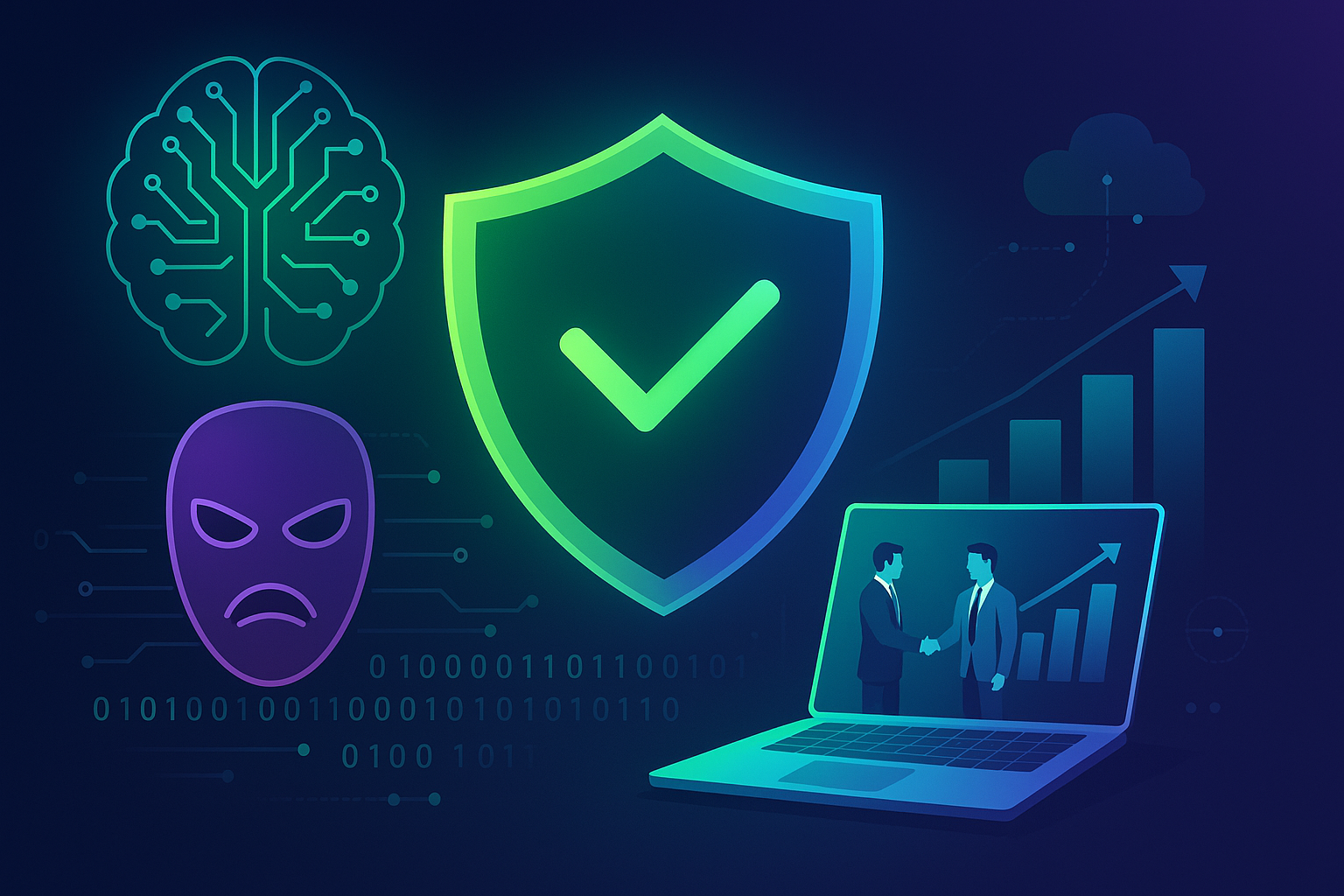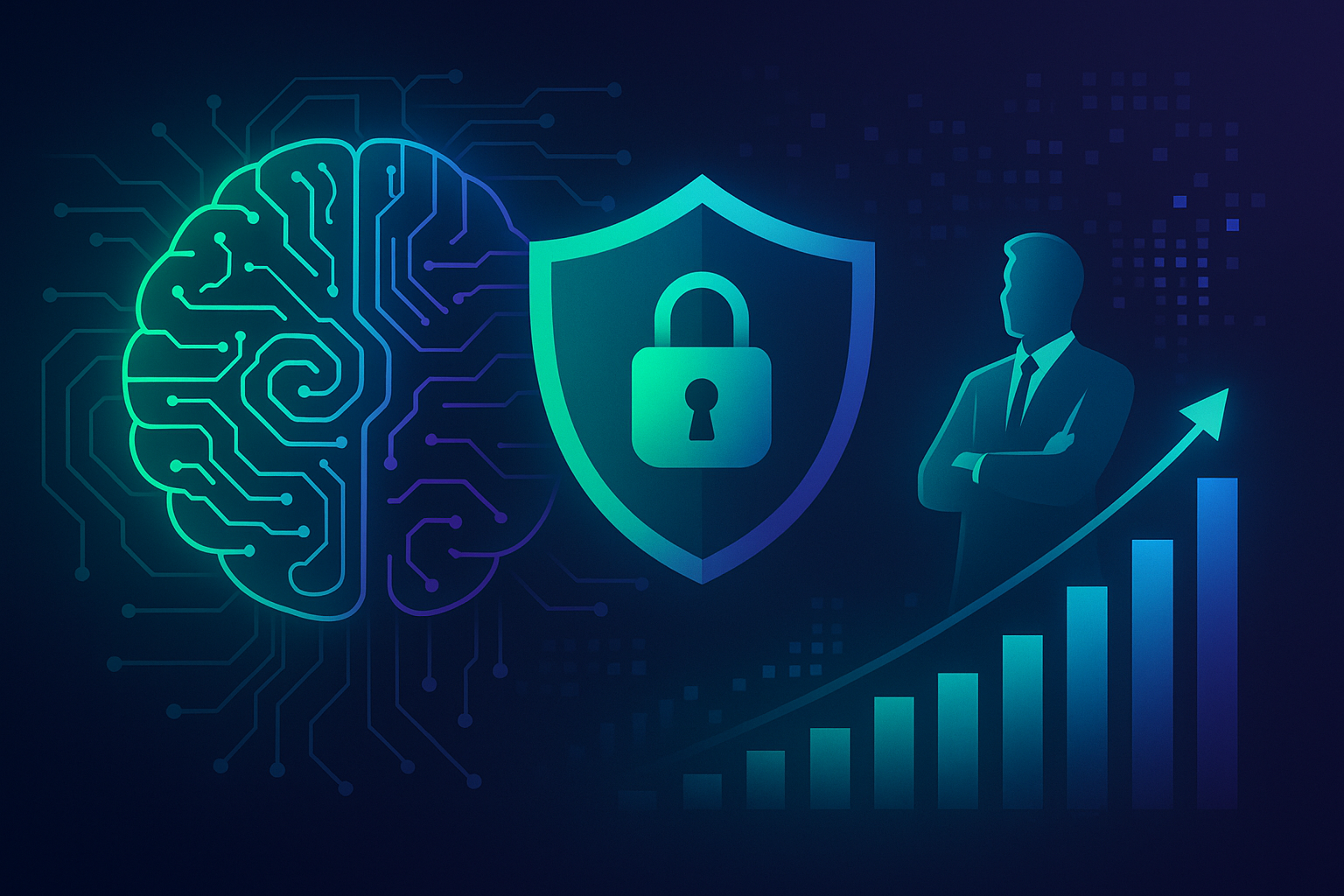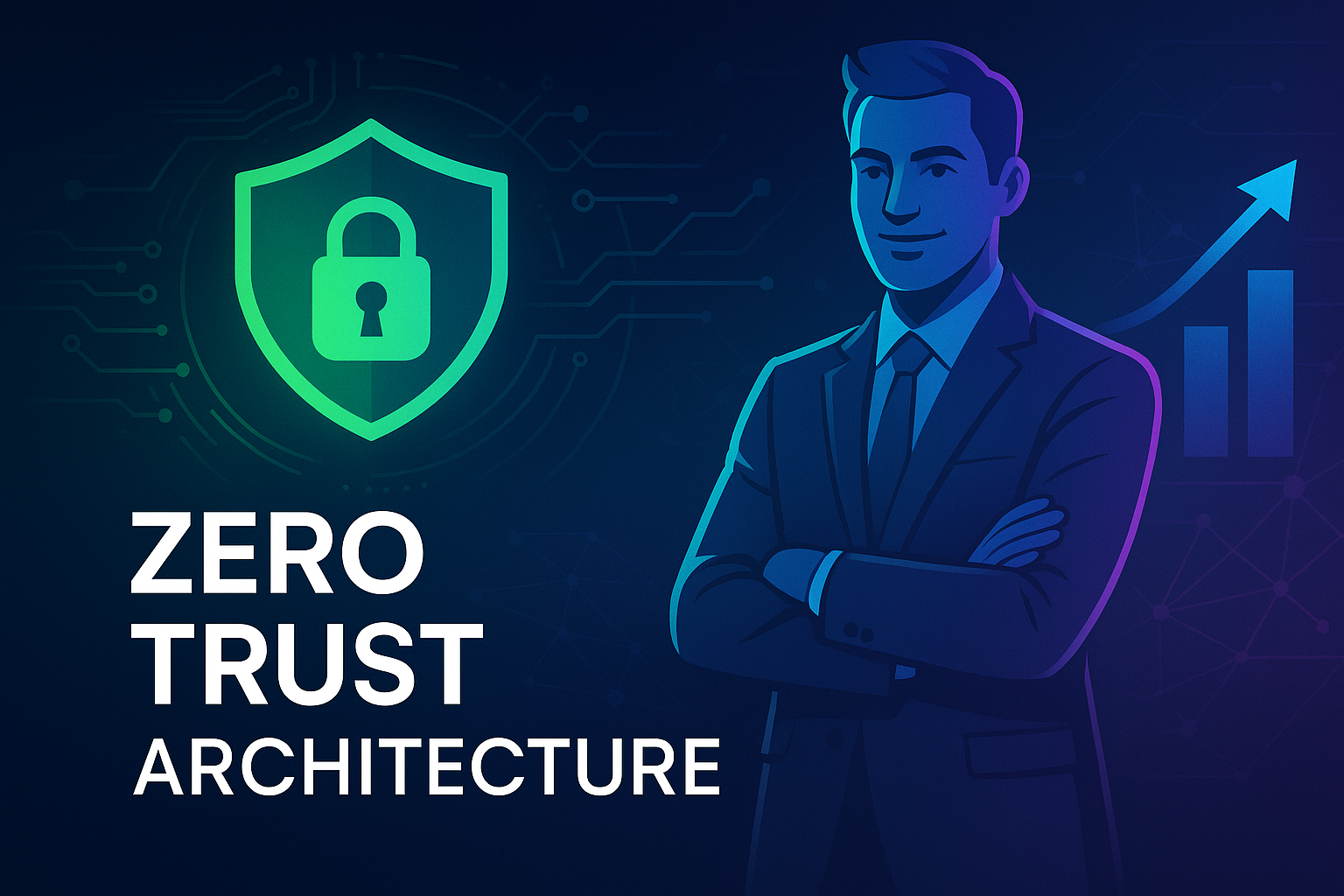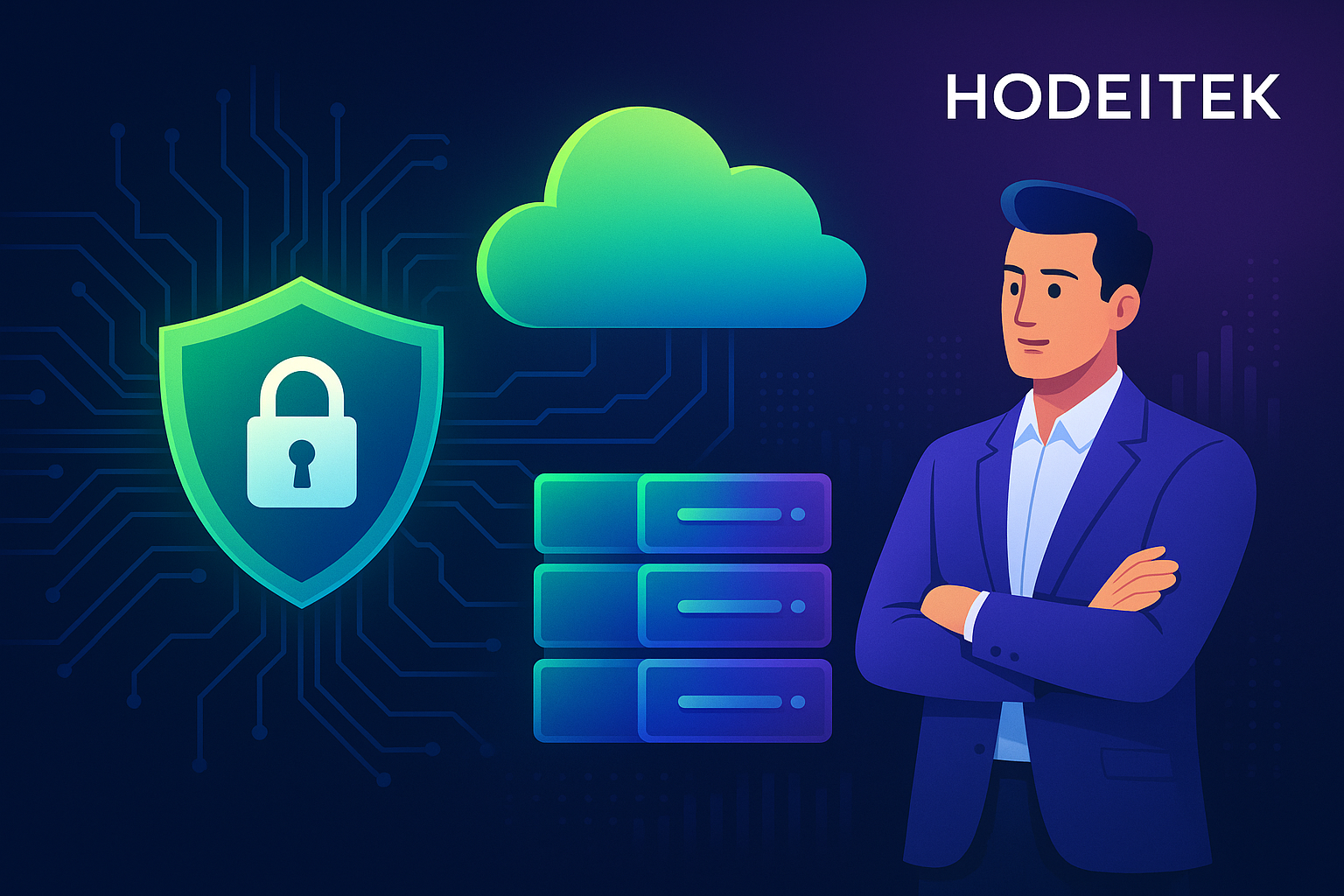Understanding the Risks and Implications of Newly Released Top-Level Domains (TLDs)
As the digital landscape continues to evolve, the release of new top-level domains (TLDs) introduces both opportunities and challenges for businesses and individuals alike. With each new TLD, there is potential for enhanced branding, better user experience, and expanded online presence. However, these advantages come with significant cybersecurity risks. This article delves into the complexities surrounding newly released TLDs, explores their impact on cybersecurity, and highlights the services that Hodeitek offers to mitigate these risks effectively.
The Emergence of New Top-Level Domains
The Internet Corporation for Assigned Names and Numbers (ICANN) periodically releases new TLDs to diversify and expand the internet’s domain namespace. This initiative aims to accommodate the growing demand for web addresses and to foster innovation in branding. For instance, TLDs such as .tech, .app, and .shop have opened up new possibilities for businesses to create unique and memorable domain names.
However, alongside these benefits, the introduction of new TLDs also poses substantial cybersecurity challenges. Cybercriminals often exploit these freshly released domains to conduct illicit activities, such as phishing, malware distribution, and other forms of online fraud. This makes it critical for businesses to stay vigilant and employ robust security measures.
Understanding the Cybersecurity Risks
According to Unit 42 at Palo Alto Networks, newly released TLDs are frequently targeted by cybercriminals. Here are some of the primary risks associated with these domains:
- Phishing Attacks: Malicious actors often register domains that resemble legitimate websites to deceive users into providing sensitive information, such as login credentials and financial data.
- Malware Distribution: Cybercriminals use these new domains to host malicious software, which can infect end-user systems and lead to data breaches or ransomware attacks.
- Brand Impersonation: With the proliferation of new TLDs, businesses might face increased risks of brand impersonation, leading to potential reputational damage.
Mitigating Risks with Effective Cybersecurity Solutions
At Hodeitek, we understand the complexities of managing cybersecurity in an ever-changing digital environment. We offer a suite of advanced cybersecurity services designed to protect businesses against the unique threats posed by newly released TLDs. Our services not only enhance security but also ensure compliance and robust threat management.
EDR, XDR, and MDR Solutions
Endpoint Detection and Response (EDR), Extended Detection and Response (XDR), and Managed Detection and Response (MDR) technologies are critical in identifying and responding to threats across various endpoints within a network. By continuously monitoring and analyzing endpoint activities, these solutions can quickly detect suspicious behaviors associated with new TLD-based attacks.
Our EDR, XDR, and MDR solutions offer:
- Real-time Threat Detection: Immediate identification of potential threats, reducing response time.
- Comprehensive Analysis: Aggregated data from various sources provides a holistic view of security incidents.
- Proactive Threat Hunting: Continuous surveillance to identify and mitigate threats before they cause significant harm.
Next Generation Firewall (NGFW)
Next Generation Firewalls (NGFWs) offer advanced capabilities beyond traditional firewalls, including application awareness and control, integrated intrusion prevention, and cloud-delivered threat intelligence. These features are crucial in defending against sophisticated attacks leveraging new TLDs.
Benefits of NGFW include:
- Enhanced Visibility: Allows clear visibility of network traffic and application usage.
- Advanced Threat Protection: Identifies and blocks advanced threats in real-time.
- Granular Policy Control: Provides the ability to enforce security policies based on precise application identification and user identity.
Vulnerability Management as a Service (VMaaS)
Our Vulnerability Management as a Service (VMaaS) proactively identifies, evaluates, and mitigates vulnerabilities across your IT environment. By regularly scanning and assessing vulnerabilities, VMaaS ensures that your systems are not exploited via new TLDs.
Key benefits include:
- Continuous Vulnerability Assessment: Provides real-time updates on potential vulnerabilities.
- Risk Prioritization: Helps prioritize remediation efforts based on risk severity.
- Comprehensive Reporting: Delivers detailed reports to support decision-making and compliance requirements.
SOC as a Service (SOCaaS) 24×7
Security Operations Center as a Service (SOCaaS) provides continuous monitoring and incident response, ensuring that your business remains protected around the clock. Hodeitek’s SOCaaS integrates advanced analytics and threat intelligence to detect breaches emanating from new TLDs.
The advantages of SOCaaS include:
- 24×7 Monitoring: Provides round-the-clock surveillance of your IT environment.
- Rapid Incident Response: Swift detection and response to potential security incidents.
- Expert Analysis: Access to seasoned cybersecurity professionals and cutting-edge technologies.
Industrial SOC as a Service (SOCaaS) 24×7
Our specialized Industrial SOC as a Service caters to the unique security needs of critical infrastructure and industrial environments, providing dedicated monitoring and protection against cyber threats targeting IT/OT convergence zones.
Benefits of Industrial SOCaaS include:
- OT-specific Threat Intelligence: Provides tailored threat intelligence for operational technology environments.
- Real-time Detection: Ensures immediate detection and response to threats.
- Comprehensive Coverage: Covers all aspects of industrial cybersecurity, from network monitoring to device security.
Cyber Threat Intelligence (CTI)
Our Cyber Threat Intelligence (CTI) service collects and analyzes information about current and emerging threats. This intelligence is crucial in understanding the tactics, techniques, and procedures (TTPs) of adversaries, especially those exploiting new TLDs.
The CTI service offers:
- Proactive Threat Insights: Provides actionable intelligence to anticipate and mitigate threats.
- TTP Analysis: Understands the behavior and methods of threat actors.
- Improved Decision Making: Supports strategic planning and incident response with accurate intelligence.
Data Loss Prevention (DLP)
Data Loss Prevention (DLP) solutions are essential in safeguarding sensitive data from being exfiltrated through unauthorized channels. With new TLDs increasing the vectors for data leakage, DLP solutions can prevent data breaches.
Key advantages include:
- Sensitive Data Identification: Identifies and classifies sensitive data within the network.
- Policy Enforcement: Ensures data handling policies are strictly adhered to, preventing data leaks.
- Incident Response: Provides mechanisms to respond to potential data leak incidents swiftly.
Web Application Firewall (WAF)
Our Web Application Firewall (WAF) protects web applications from attacks that utilize new TLDs to exploit vulnerabilities. By filtering and monitoring HTTP traffic between a web application and the internet, WAFs offer an essential layer of security.
Benefits of WAF include:
- Enhanced Application Security: Protects against common web application attacks, such as SQL injection and cross-site scripting (XSS).
- Real-time Threat Detection: Monitors incoming traffic and blocks malicious requests.
- Compliance Support: Assists in meeting regulatory compliance requirements by securing web applications.
Best Practices for Managing New TLD Risks
While our services provide comprehensive protection, businesses should also adopt best practices to further mitigate risks associated with new TLDs:
- Regular Domain Monitoring: Keep a close eye on domains that resemble your brand to identify and mitigate potential threats quickly.
- User Education: Educate employees and customers about phishing and other online threats to reduce the risk of social engineering attacks.
- Implement Strong Authentication: Use multi-factor authentication (MFA) to add an extra layer of security to your systems.
Conclusion
The release of new TLDs introduces exciting opportunities for businesses but also presents significant cybersecurity challenges. By understanding the risks and implementing effective security measures, businesses can protect their digital assets and ensure a safe online presence.
At Hodeitek, we offer a variety of cybersecurity services tailored to address the unique threats posed by new TLDs. From EDR and XDR solutions to SOC as a Service and Data Loss Prevention, our comprehensive offerings ensure robust protection across your IT infrastructure.
If you have any questions or need further assistance, feel free to contact us. Protect your business with Hodeitek—the leaders in advanced cybersecurity solutions.
Secure your digital future today!






